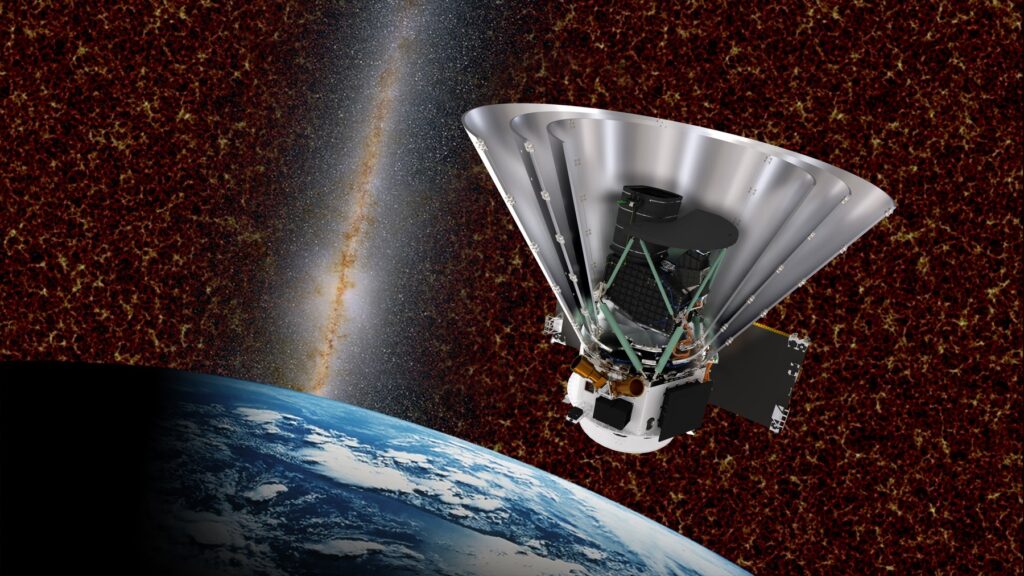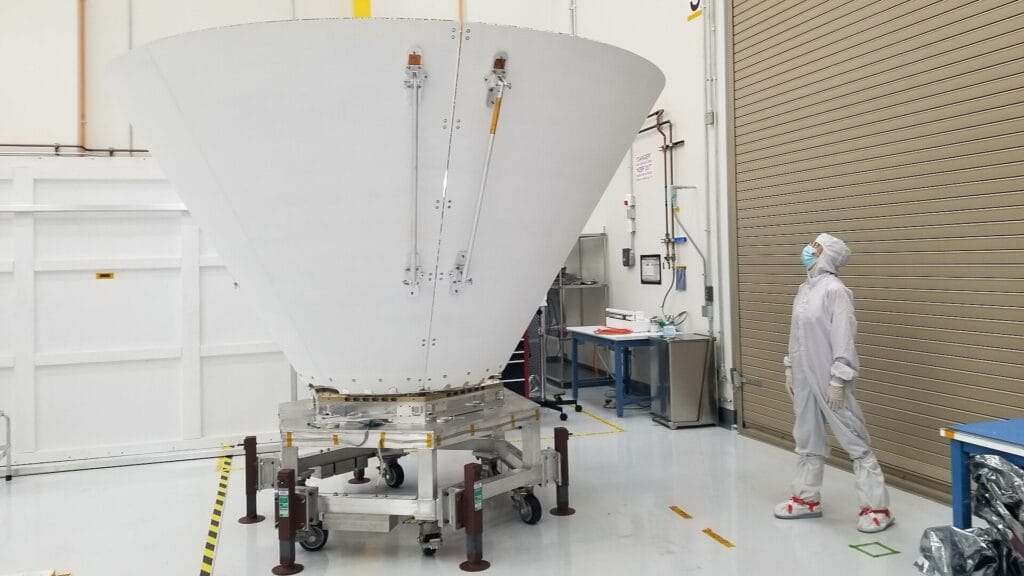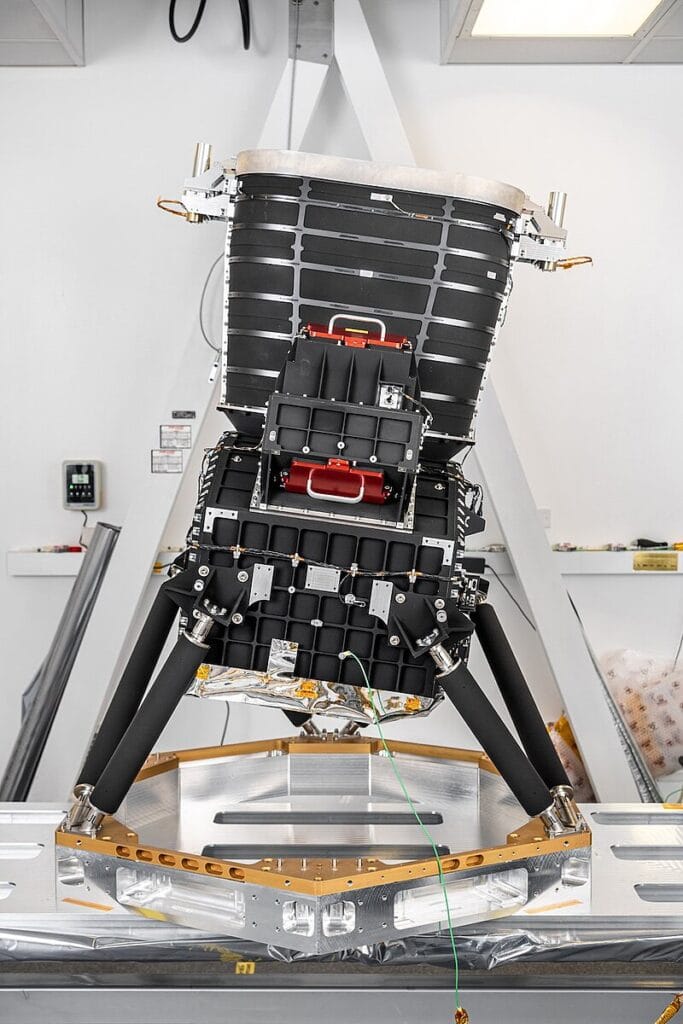SPHEREx: (Spectro-Photometer for the History of the Universe, Epoch of Reionization, and Ices Explorer) is a future near-infrared space observatory that will perform an all-sky survey to measure the near-infrared spectra of approximately 450 million galaxies. It would explore what drove the early universe inflation, explore the origin and history of galaxies, and explore the origin of water in planetary systems. SPHEREx will complement the Euclid and planned Nancy Grace Roman Space Telescope spectroscopic surveys.
Overview: SPHEREx is an upcoming NASA mission designed to explore the universe’s history and the formation of stars and galaxies. SPHEREx is scheduled to launch in 2025 on a Falcon 9 launch vehicle from Vandenberg Space Force Base. The principal investigator is James Bock at California Institute of Technology (Caltech) in Pasadena, California. Epoch of Reionization and Ices Explorer (SPHEREx) mission will provide the first all-sky spectral survey. SPHEREx will use a spectrophotometer to perform an all-sky survey that will measure near-infrared spectra from 0.75 to 5.0 micrometers. It will employ a single instrument with a single observing mode and no moving parts to map the entire sky (in 96 different color bands, far exceeding the color resolution of previous all-sky maps) four times during its nominal 25-month mission, the crucial technology is a linear variable filter, as demonstrated by LEISA on New Horizons.

‘SPHEREx’
History: The SPHEREx proposal was submitted to NASA on 19 December 2014, and it was selected for further conceptual development (Phase A) on 30 July 2015 for the Small Explorer program (SMEX). An enhanced version of SPHEREx was submitted on 15 December 2016 as a Medium-Class Explorer (MIDEX), and it was selected as a finalist in August 2017.
On 7 January 2021, NASA announced that the mission has entered Phase C, which means that the early design plans have been approved and teams can begin the final design and assemble hardware and software; and that launch is expected between June 2024 and April 2025. On 4 February 2021, NASA announced they had selected the SpaceX Falcon 9 to launch the spacecraft, In August 2022 NASA announced that the 4 microsatellites of the PUNCH constellation will be launched as rideshare payloads together with SPHEREx.
Instrument and Technology
- Spectro-Photometer: The triple mirror telescope will have an aperture diameter of 20 centimeters with a 3.5° x 11° field of view and six 2k x 2k mercury cadmium telluride (HgCdTe) photodetector arrays. Each 2K x 2K focal plane array is covered with a linear variable filter, providing narrow-band response with a band center that varies along one axis of the array.

‘SPHEREx Outer Photon Shield’
- All-Sky Survey: It will classify galaxies according to redshift accuracy, categorizing approximately 450 million galaxies and fitting measured spectra to a library of galaxy templates. Specifically, SPHEREx will probe signals from the intra-halo light and from the epoch of reionization. It would explore what drove the early universe inflation, explore the origin and history of galaxies, and explore the origin of water in planetary systems.

‘SPHEREx telescope and detectors’
Scientific Impact: SSPHEREx is expected to provide groundbreaking new insights into the history of the universe, the formation of stars and galaxies, and the distribution of water ice in our solar system. Some of the key expected outcomes include:
- New insights into the ‘Epoch of Reionization‘
- Identification of new galaxies and stars
- A comprehensive survey of water ice in the solar system
- The formation and evolution of galaxies over time.
- The distribution and composition of ices in star-forming regions.
- The nature of dark energy and its role in the universe’s expansion.
Conclusion The SPHEREx mission promises to revolutionize our understanding of the universe by providing comprehensive data on its history, structure, and the fundamental processes that govern cosmic evolution. As one of NASA’s innovative exploratory missions, SPHEREx is set to unveil new insights into the cosmos, paving the way for future research and discoveries in astrophysics.
References:
- SPHEREx Mission Concept Study: https://science.nasa.gov/eyes/
- NASA SPHEREx Mission Page: https://science.nasa.gov/eyes/
- SPHEREx Science Overview: https://science.nasa.gov/eyes/